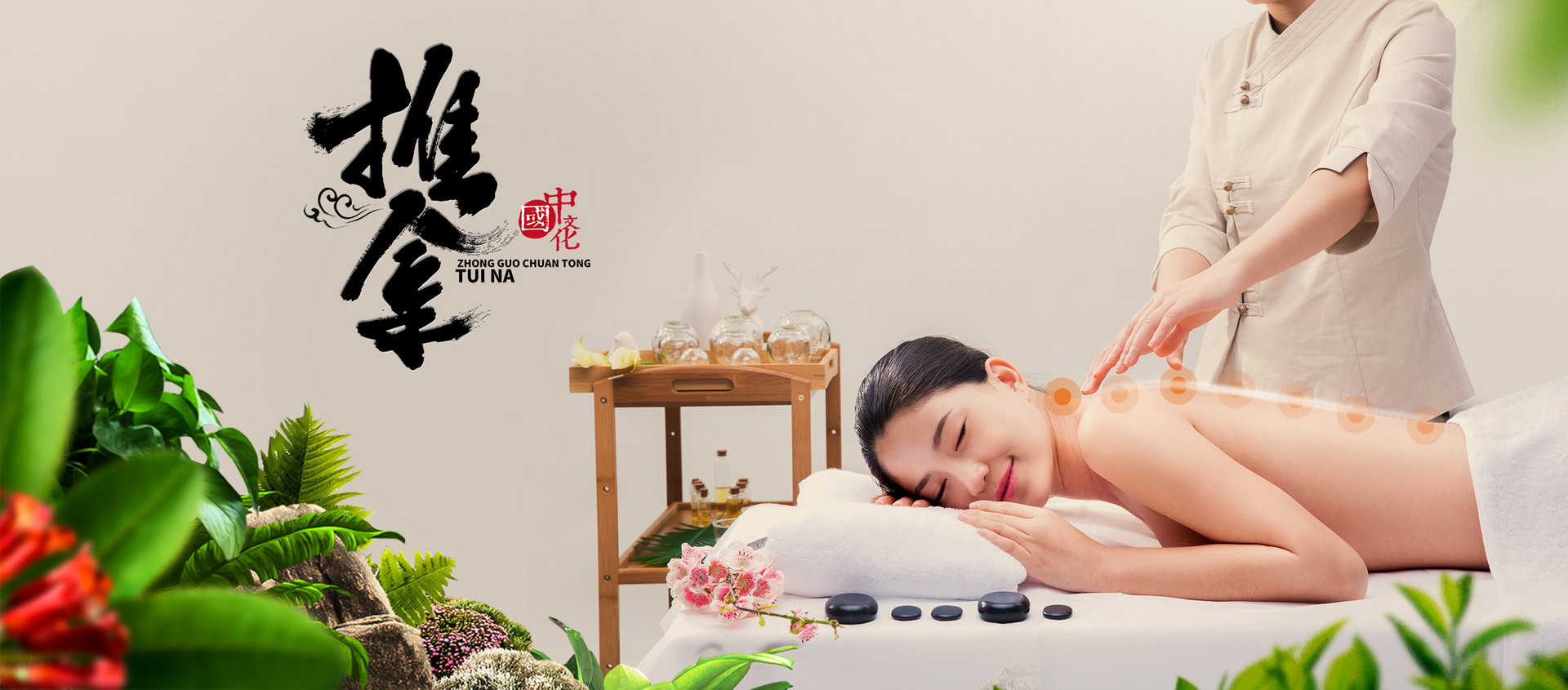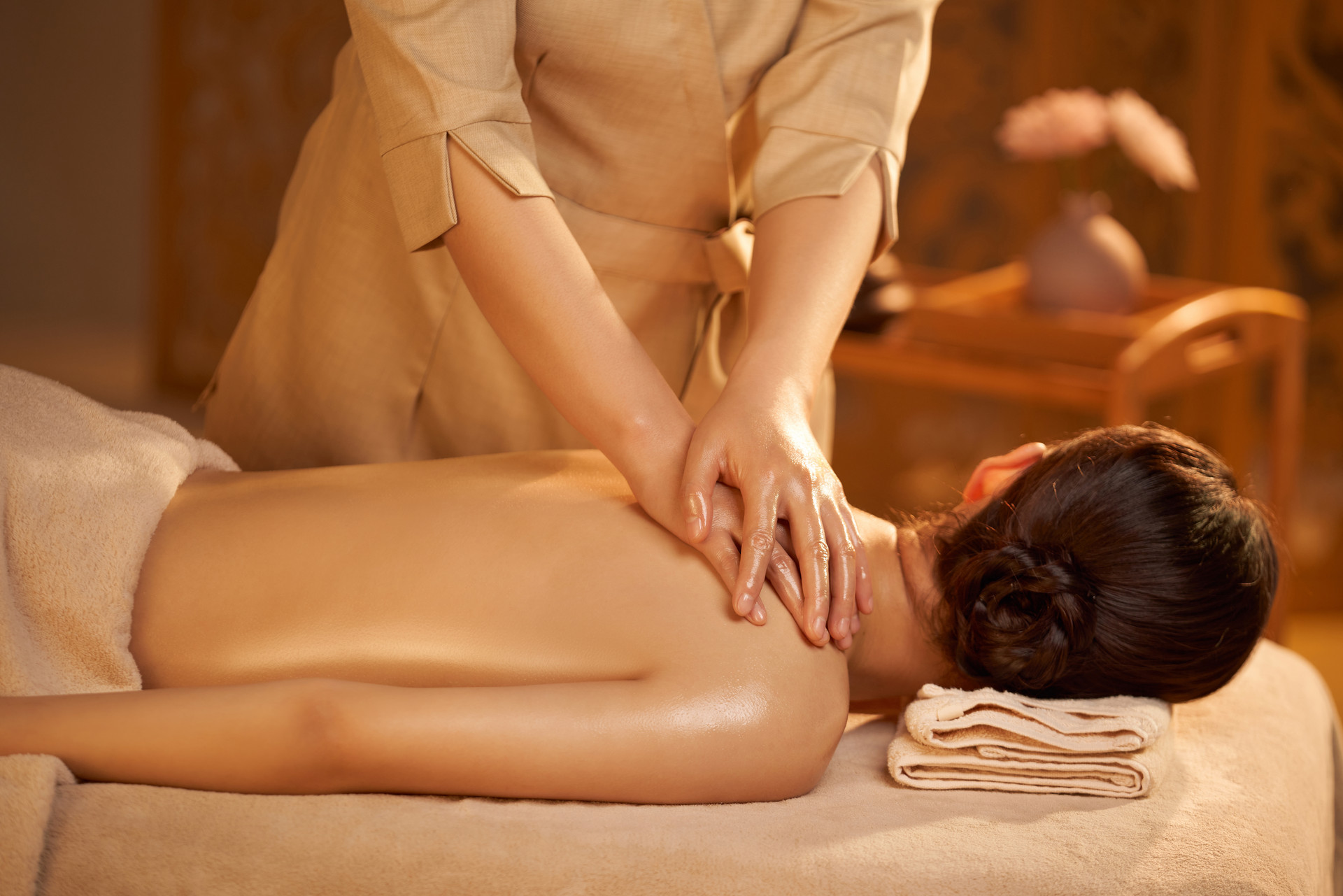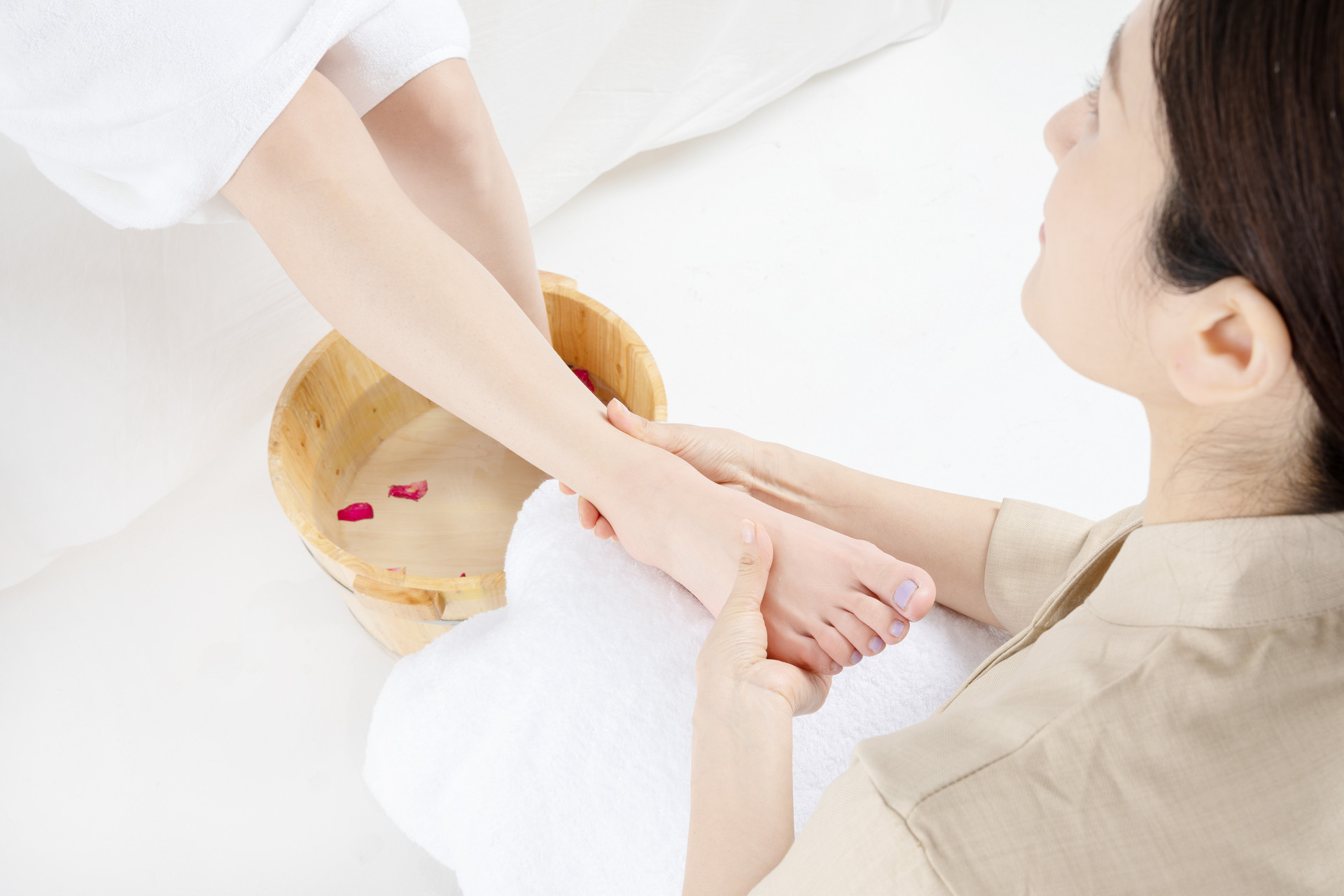Are parents troubled by the fact that once their baby is unwell, they cry incessantly, making people feel both distressed and helpless? So, what kind of medical treatment do you usually use? If the baby is afraid of getting injections and taking medicine, let me introduce you to the less painful traditional Chinese medicine massage therapy.
With the arrival of winter, babies at home are more prone to coughs and colds. According to Chinese medicine, the main cause of coughing in children is deficiency of the lungs and failure of the lungs to descend. This leads to the reverse flow of qi and phlegm, resulting in coughing. This is known as "Coughing is not limited to the lungs, nor does it separate from the lungs." This article will introduce traditional Chinese medicine massage therapy for treating coughing and crying symptoms in children.
Tui Na Massage Therapy for Treating Cough in Children
Causes and Mechanism of Cough
Chinese medicine believes that children often have deficient lungs, with sparse pores and superficial layers of the skin. When the external pathogenic factors invade the body, the lungs fail to descend properly, leading to the reverse flow of qi and phlegm and causing coughing. Alternatively, it may be due to internal organ damage, with phlegm obstructing the function of the lungs, resulting in coughing. This is known as "Coughing is not limited to the lungs, nor does it separate from the lungs."
Coughing can be seen in various diseases such as acute and chronic pharyngitis, tonsillitis, bronchitis, pneumonia, and other respiratory diseases, as well as pleurisy and other systemic diseases. It is usually caused by a mixed infection of viruses and bacteria.
Tui Na Massage Therapy
Treatment Principles
The treatment principles for this condition are to tonify the lungs and stop coughing. For wind-cold cough, it is good to assist in dispelling cold and transforming phlegm to stop coughing. For wind-heat cough, it is important to assist in dispersing wind and resolving the surface, focusing on removing internal heat to stop coughing. For internal organ damage cough, it is important to tonify the spleen and boost the lungs, with a focus on transforming phlegm to stop coughing.
Basic Techniques
The patient should lie supine: Clear the lung meridian 300 times, and perform the internal Bagua exercise 30 times for good effects. Then, massage the Baihui acupoint 50 times, and rub the Tanzhong acupoint 100 times. After that, massage the Zusanli and Fenglong acupoints for about half a minute each.
The patient should assume the prone position: Rub both sides of the Fengmen acupoint 100 times, and rub both sides of the Feishu acupoint 200 times. Lightly stroke the spine from top to bottom 5-10 times.
Differentiation and Treatment
Wind-cold cough: Open the Tianmen acupoint 100 times, push the Kangong acupoint 50 times, and rub the Taiyang acupoint 100 times. Apply pressure to the Fengchi acupoint 5 times, the Jianjing acupoint 10 times, and the Hegu acupoint 5 times. Pinch and rub the Ershanmen acupoint 30 times. Push the Sanguan acupoint 100 times, and rub the Wailaogong acupoint 100 times. Rub the Tiantu acupoint 100 times, and massage the Tanzhong acupoint until it feels warm.
Wind-heat cough: Massage the Tianmen acupoint 50 times, push the Kangong acupoint 30 times, and perform the internal Taiyang exercise 50 times. Additionally, massage the Qingtianheshui acupoint 100 times, and perform the Six Fu retreat exercise 100 times, accompanied by pushing the five meridians 50 times.
Phlegm-heat cough: Clear the Stomach meridian 100 times, clear the Large Intestine meridian 100 times. Rub the Xiaotianxin acupoint 50 times, clear the Qingtianheshui acupoint 100 times, and perform the Six Fu retreat exercise 300 times. Rub the Tiantu acupoint 100 times, open the Xuanyu acupoint and Ji acupoint 100 times each. Divide the back into Yin and Yang sections and the abdomen into Yin and Yang sections, rubbing each section 100 times.
Phlegm-dampness cough: Tonify the Spleen Earth 300 times, clear the Stomach meridian 100 times, and rub the Banmen acupoint 100 times. Apply pressure to the Tianmen acupoint 50 times, and rub the Tanzhong acupoint 100 times. Use three fingers to massage the Zhongwan acupoint for two minutes. Rub the navel and Dantian 100 times each. Massage the Zusanli and Fenglong acupoints for about half a minute each.
Yin deficiency dry cough: Tonify the Lung meridian 100 times, tonify the Spleen Earth 300 times, and tonify the Kidney Water 100 times. Rub the Shendin acupoint 100 times, and rub the Erlinshangma acupoint 50 times. Clear the Qingtianheshui acupoint 100 times, perform the internal Laogong exercise 50 times, and push the Yongquan acupoint 100 times. Pinch the spine 3-5 times, and massage the Feishu, Pishu, and Shenshu acupoints for about half a minute each.











